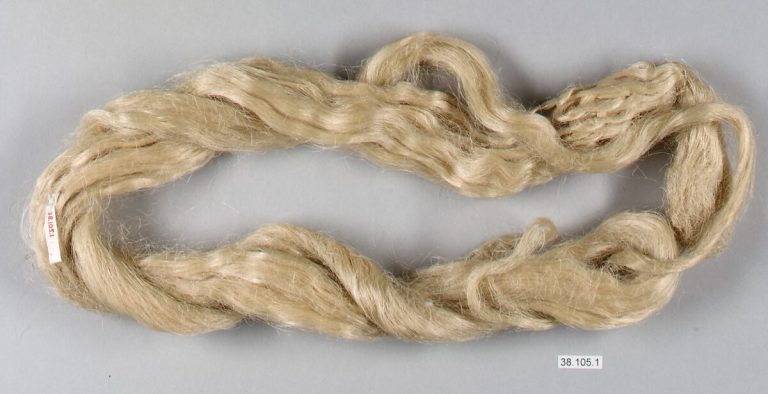The poinsettia has become a traditional Christmas plant with its connections to Christmas originating in Mexico.
The plant is native to Southern Mexico and is called Flor de la Noche Buena, which means Flower of the Holy Night. This is because of the shape of its leaves and their resemblance to the Star of Bethlehem. The poinsettia is a perennial shrub that can grow up to 15 feet tall and flowers in the wild during winter.
In ancient times, the Aztecs used the leaves, called bracts, to make a reddish-purple dye to color fabrics, and they used the sap for medicinal purposes to manage fevers. But, contrary to popular belief, the large star shaped leaves or bracts are not the plant’s flowers; the flowers are the tiny little bead shaped balls in the center of the leaves.
The legend of the poinsettia
According to old Mexican folklore, on the eve before Christmas, at a celebratory service, a young girl called Pepita was very sad because she did not have a gift for baby Jesus and the nativity scene. The young girl did not want to go empty handed, so she picked a bunch of weeds and offered them as a bouquet for the nativity. The angels seeing her pure heart, felt compassion for the young girl and transformed the weeds into beautiful big red flowers with green stems. This is said to be why the Christmas colours are red and green.
How the poinsettia became the Christmas flower
The flower takes its name from Joel Roberts Poinsett (1779 – 1851), the first US Ambassador to Mexico in 1828.
Success
You are now signed up for our newsletter
Success
Check your email to complete sign up
Poinsett was an amateur botanist, and whilst on a trip to Taxco, a Mexican town in Guerrero, he came across the tall plants and thought they were so beautiful that he took cuttings from them and sent them to his plantation in South Carolina. The plantation then propagated the plants and named them “Mexican Fire Plant.” The plants were then sent to botanical gardens and growers throughout the country.
From there, a particular grower called Paul Ecke invented a technique that allowed the seedlings to branch, creating an abundance of leaves and resulting in a bushier plant. He then started to grow these in the thousands for Christmas. Then, to promote them as a beautiful Christmas plant, he sent the plants to various TV studios such as “The Tonight Show” and Bob Hope’s holiday specials.
The plants quickly became popular throughout the US and were renamed Poinsettia after Joel Robert Poinsett.
Since Poinsett’s death in 1851, in honour of his work and remembrance of him, in the US, December 12 has been considered National Poinsettia Day. National Poinsettia Day was made official by an Act of Congress in 2002.
How to look after your poinsettia
As the poinsettia is a tropical plant, it cannot be grown outside in cold climates, so it is best kept indoors. The most suitable place to keep poinsettias is in a sunny position away from direct sunlight and drafts. The soil should be kept moist and only watered when dry, with the water allowed to drain through rather than letting the plant sit in water.
It is best suited to a source of indirect sunlight for at least six hours a day, with the leaves having space around them rather than being on a windowsill touching the glass. Because the plant is perennial, it may last for many years if looked after properly, bringing the home a beautiful gift of an abundant floral color at Christmas time.
How to make your poinsettia bloom again
Many people discard their plants after the holiday season because it is tricky getting another bloom, but it can be done. To ensure bright and beautiful plants for one holiday season after another, take the following steps:
- Once outdoor temperatures are consistently above 50 degrees Fahrenheit in the spring, the plants should be kept outdoors for maximum sunlight.
- Prune the plants by 50 or 60 percent around the middle of the growing season, and give them a larger pot with fresh, organic soil.
- Bring the plants back indoors before temperatures drop below 50 degrees.
- Because their color change depends on light exposure (photoperiodism), poinsettias need about 15 hours per day of complete darkness, along with night time temperatures of 65 degrees. Starting Sept. 21 through the end of October, cover them (with a cardboard box, for example) each evening around 5pm and uncover them around 8am.
- Maintain the desired color by continuing to provide at least 12 hours of uninterrupted darkness each night.














